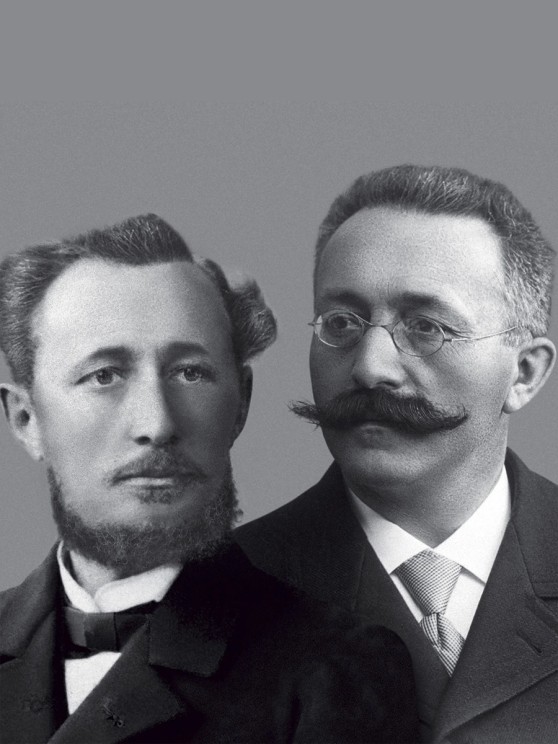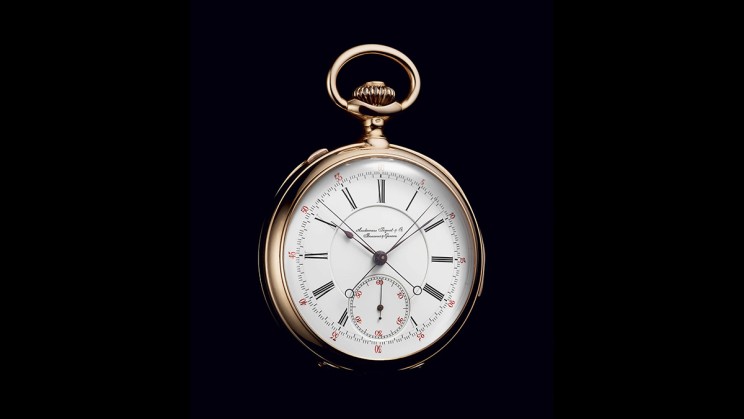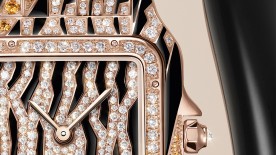1. A Movement in Reverse
Who knew that the Audemars Piguet manufacture might never have come to be? In its early days, many watchmakers in the Vallée de Joux left the region due to a major economic crisis. This crisis was partly caused by the industrialization of watchmaking, as seen at the 1876 Philadelphia World’s Fair. Local watchmakers no longer had enough work in Switzerland to support themselves during the winter. It was during this exodus that, in the fall of 1875, 24-year-old Jules Louis Audemars, his wife Sidonie, and their baby returned to the Vallée de Joux after spending a little over a year in the village of Gimel, at the foot of the Jura mountains. A rare choice. The beginnings of his business remain mysterious, as no records are known before 1881...

2. A Real Production Choice
While most watchmaking houses pursued industrialization, or at least established some form of it, the co-founders of Audemars Piguet made the opposite choice at the outset: to manufacture the cases and movements in-house, either as unique pieces or in very limited series. They occasionally called upon very small, specialized units, often working from home. This approach would define the brand’s history, as unique pieces or very short runs remained the dominant model until 1951!

3. A Predisposition for Complications
Another defining choice was the focus on complications. This principle is strongly associated with the Vallée de Joux but almost became an exclusive hallmark of Audemars Piguet creations. Of the first 13 watches for which descriptions exist, nine are repeating watches, seven are chronographs, and three are calendars! Historically, until the first third of the 20th century, most of the most prestigious complicated movements came from the Vallée de Joux.
4. A Large Family
A brand is one thing, but a name is another. The company known at the time as "Audemars, Piguet & Co" sometimes encountered unexpected rivalry. One example is Louis Audemars, established in Brassus since 1811, who was both a competitor, a client... and a cousin.

5. An Address That Never Changed
Audemars Piguet's growth was gradual, as it produced only 500 pieces per year at the beginning of the 20th century. However, this was still a substantial volume in an era when, let’s not forget, wristwatches did not yet exist. The young family-owned company had faith in its future and decided to build a new facility. It was 1907, and the chosen address was Route de France 16. This remains the headquarters of the manufacture today!
6. Very Unfavorable Circumstances
American industrialization, World War I, the 1929 crash: the early decades of Audemars Piguet were anything but easy. The collapse of the company’s main American client nearly led to its demise, leaving unpaid debts equivalent to the entire annual turnover of the company. To cope, layoffs were made, the founding families sought tax exemptions, loans, and launched sub-brands, including Audiguet and APCO. Just enough to survive for a few years... before the outbreak of World War II. Audemars Piguet would not recover until the rise of the "Trente Glorieuses" (the thirty glorious years) from 1945 to 1975—just like the entire Swiss watchmaking industry.






